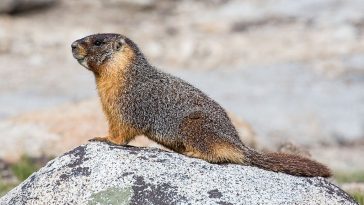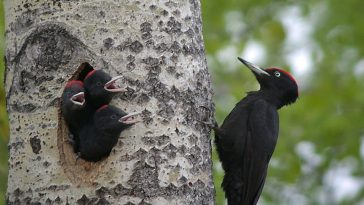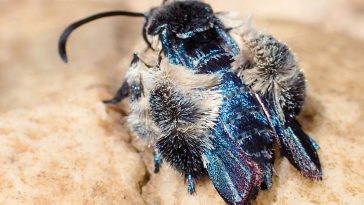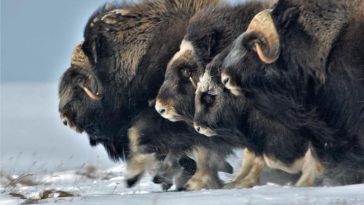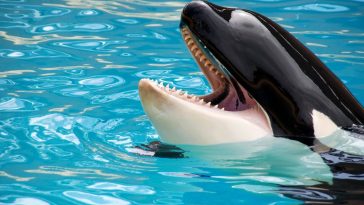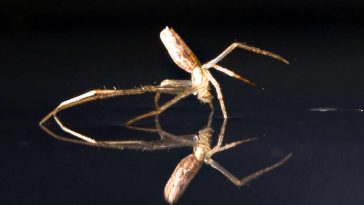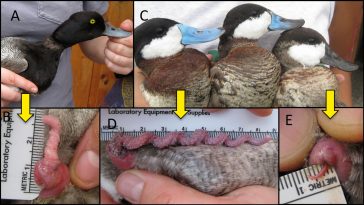Marmots Live Longer When They Don’t Have Friends
For people, the importance of a social life is well-proven by science. Interacting with family and friends enriches our daily lives, keeps us happy, and most importantly, healthy. Not so for marmots, however. In a recently published study, Daniel T. Blumstein, a biologist at the University of California, Los Angeles and his colleagues found that […] More


